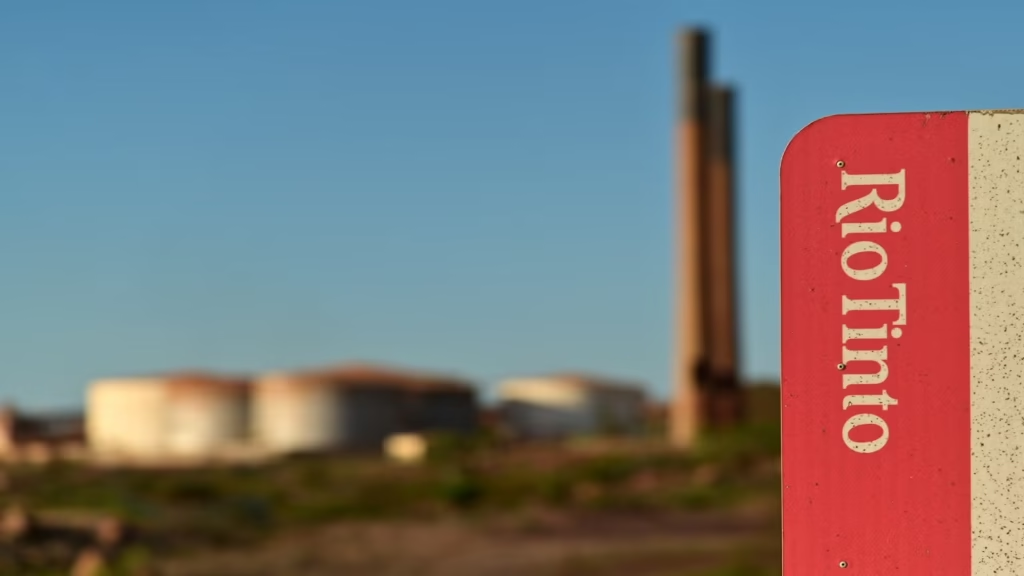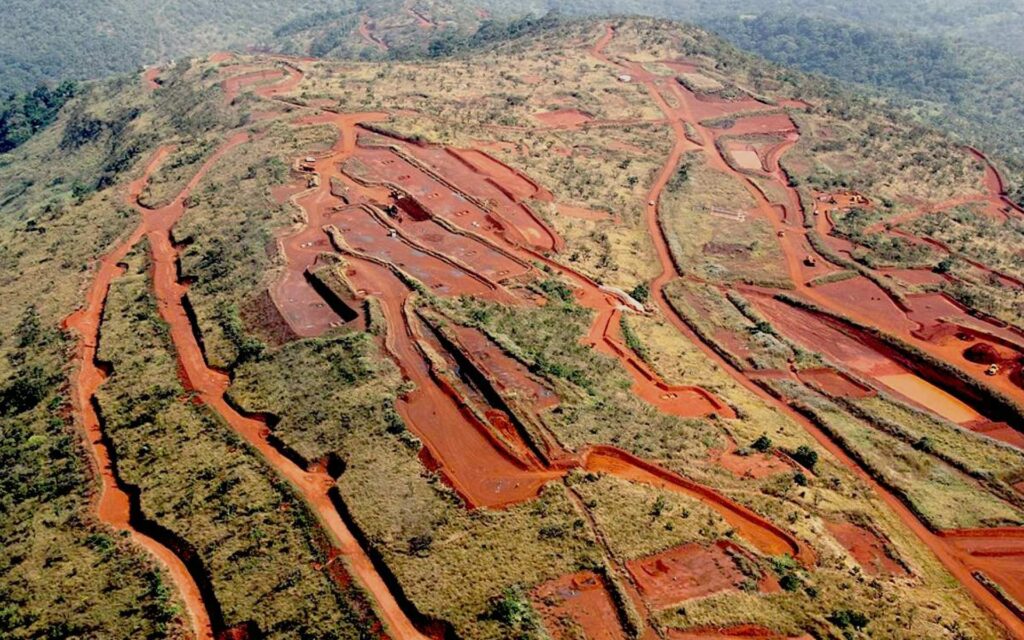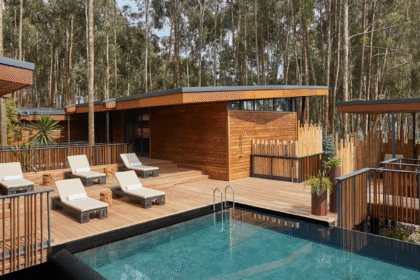At a Glance
- Simandou advances after years of political disputes and ownership battles stalled development.
- Guinea unites rival investor blocks to restart rail and port infrastructure work.
- High-grade iron ore deposit positions Guinea for stronger influence in global steel supply.
Guinea’s Simandou mine, one of the world’s richest untapped iron ore deposits, is entering a new chapter after about 3 decades of stalled operations, marred by coups, legal battles, and strategic shifts that led to investor exits, which kept one of Africa’s most important mineral assets dormant for more than a decade.
The revival signals renewed investor confidence in the country’s mining sector and positions Guinea as a future heavyweight in the global steel supply chain.
Home to some of the planet’s highest-grade iron ore, Guinea’s $20 billion iron ore giant has finally moved toward production after years of delays, disputes and government standstills.

A project with global stakes
Discovered in the 1990s and later advanced by Rio Tinto, the Simandou deposit is considered the largest untapped iron ore resource in the world, containing more than 2 billion tonnes of ore with grades that rival Brazil’s Carajás.
Its development has long attracted major players including Rio Tinto, which originally held the largest stake, China Baowu Steel Group, the world’s largest steelmaker, WCS/Winning Consortium, a key infrastructure partner and the Government of Guinea, which holds a strategic interest. With global steel demand rising, Simandou’s entry into the market has the potential to challenge long-standing supply dominance from Australia and Brazil.

What Stalled Simandou
Despite its world-class potential, Simandou became a symbol of stalled African megaprojects.
1. Political instability
Shifts in political leadership and inconsistent mining policies slowed progress and created investor uncertainty.
2. Ownership disputes
Disagreements among Rio Tinto, Vale, and Steinmetz-linked BSG Resources led to arbitration, allegations of corruption and international investigations that stalled development for years.
3. Infrastructure deadlock
Simandou requires one of Africa’s most ambitious logistics systems — a 600 km railway and a deep-water port. Financing, route alignment and control over the rail line became major points of contention.
4. Coordination between blocks
Simandou is split into Blocks 1–2 (WCS/Baowu) and Blocks 3–4 (Rio Tinto/Simfer). Aligning two separate investor groups caused repeated delays.
5. Government demands for local value
Guinea insisted on strict local content rules and national-benefit frameworks that required renegotiations.
The result was nearly a decade of frozen progress, despite global interest and soaring iron ore demand.
What sparked the comeback
Simandou returned to life after the Guinean government demanded a unified development plan and pushed both investor groups to jointly build the railway and port infrastructure.
Key turning points include: A national decree forcing Blocks 1–4 to collaborate, A new framework agreement with China Baowu, Rio Tinto and the Guinean government, Commitments to a multi-billion-dollar rail-and-port system, Alignment on production timelines for first ore. This breakthrough eliminated the coordination bottleneck that had stalled progress for years.

A new chapter for Africa’s iron ore ambitions
As work advances and investor alignment strengthens, Simandou is once again at the center of Africa’s mining narrative, a long-delayed giant finally awakening.
The project’s revival underscores both the challenges and the opportunities of large-scale African resource development. And after years of stalled progress, Guinea appears ready to bring one of the world’s most valuable undeveloped mineral deposits to market.






